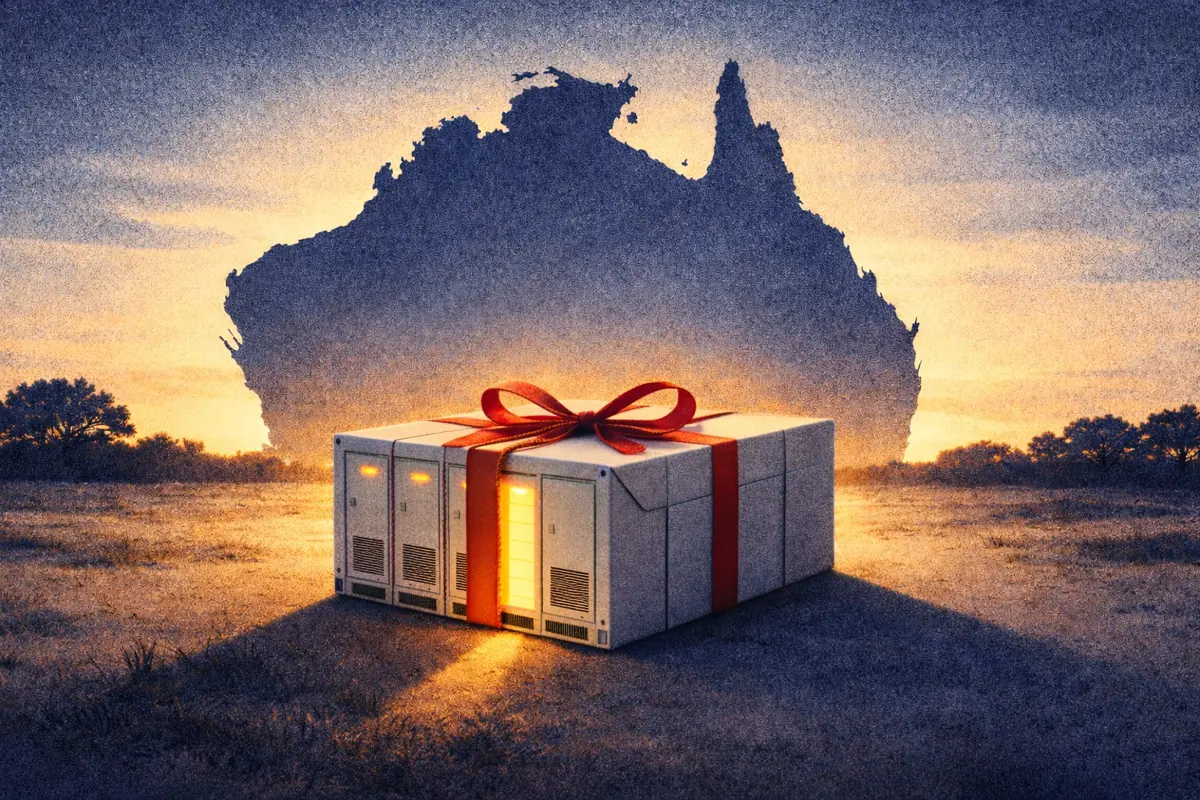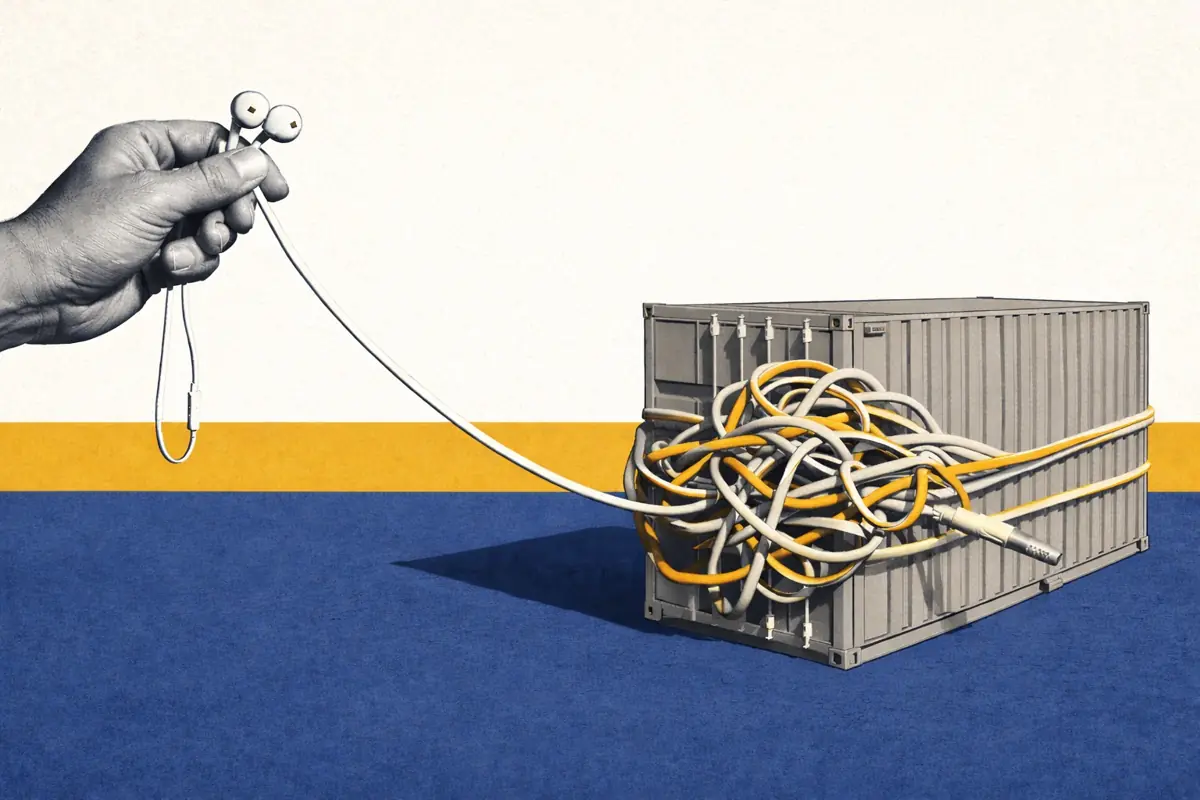Frequency response: should DC, DM and DR replace MFR?
Here at Modo, our users often ask us great questions that really get us thinking. We endeavour to provide an answer to every question we get asked. Sometimes those questions send us down rabbit holes - and lead to articles such as this one. Following the publication of our Mandatory Frequency Response (MFR) explainer, Steven Meersman (Co-Founder & Director at Zenobē, and recent Modo: The Podcast guest) got in touch to ask us:
Why is MFR not merged into the competitive Dynamic frequency response markets?
So, with that in mind - spoiler alert - here’s our answer to that question: in short, it’s probably a case of ‘when, not if’. If you want the long version, read on to find out more. Consider this part two of our Mandatory Frequency Response explainer.
Frequency response reforms
National Grid ESO’s frequency response markets are currently undergoing huge reforms. The Dynamic services - Dynamic Containment, Dynamic Moderation, and Dynamic Regulation (DC, DM and DR) - are replacing Firm Frequency Response (FFR). This is great news for the end consumer. The three new services, when taken together, should prove more efficient than FFR. This is because the ESO will be able to manage its pre- and post-fault services separately, at a more granular level. What we’ll end up with is a leaner, meaner, more focused frequency response package.
In the past year, the ESO has overseen significant improvements that increase the efficiency of response procurement. It has adopted elastic demand curves, EFA-block procurement, shorter-term forecasts, overholding allowance, and removed merit order constraints. All of this improves efficiency, which in turn benefits the consumer.
That said, there’s still some way to go until the Dynamic services are working to their full potential. We expect the ESO to still be procuring some amount of FFR until the end of Q1 2023 (at the earliest). This is because there’s still a fair amount of testing that needs to be done before it can make the switch completely. And, so far, the uptake of DM and DR has been underwhelming - even in the face of tighter volume caps than DC.

Once the full Dynamic suite is running at full tilt, the ESO can move its FFR requirements (and some of its MFR requirements) into its Dynamic services. According to its March 2022 Market Roadmap: “Following the introduction of our new pre-fault Dynamic frequency products, DM and DR, the absolute volumes of pre-fault Primary/Secondary/High-volume (P/S/H) we procure through MFR or the FFR monthly tender will start to fall.”
So, MFR is being merged into the Dynamic frequency response suite?
If history is anything to go by, the ESO won’t be able to do this until it’s got fully-functioning DC, DM and DR services. When DC was launched, the £17/MW/h prices prompted an exodus of battery energy storage system (BESS) assets from the FFR services. This in turn meant that its pre-fault volumes dropped, which ultimately increased spending on MFR. This was great for BESS revenues (which were higher in DC than they had previously been in FFR), but not so great for the low-carbon operation of our system (because the increased reliance on MFR meant that CCGTs were being called upon to provide frequency response).

MFR’s carbon impact
If you’ll forgive us a slight detour: the reason we mention carbon impact here is that MFR is largely procured from thermal power stations. This alone means that the service produces more carbon than frequency response services that are solely provided by BESS. On top of this, thermal stations are lowered from their most efficient point - meaning that they produce even more carbon per MWh than they otherwise would.
What’s holding up the move away from MFR?
At some point in the next year, we’ll likely be at a stage where DC, DM and DR have entirely replaced FFR. So why can’t the same be said of MFR? Put simply, it’s because MFR is procured intra-day.
In the post-FFR world, the Dynamic services will be procured on a day-ahead basis. This leaves MFR as the tool the ESO uses to meet real-time, within-day demand for frequency response. To make an analogy with wholesale markets: the Dynamic suite is a profiled, day-ahead position, while MFR is the intra-day adjustment.

Because of this, MFR will outlive FFR - purely to manage the fine-tuning of intra-day response. The ESO won’t get rid of it completely until the Dynamic suite can be procured intra-day. As stated in its February 2022 Frequency Response Requirements Update, “Mandatory Frequency Response (MFR) will remain in our toolkit during this transition and until such a time when DC, DM and DR can be procured intra-day.”
Procuring Dynamic frequency response intra-day
Moving DC, DM and DR to intra-day procurement will present a huge challenge for the ESO - not to mention BESS owners and operators. While the reasoning and the intentions are sound, it does throw up a lot of important questions.
For the ESO, this is a big overhaul of its current processes. So:
- Will all DC, DM and DR be procured intraday? Or will there be separate day-ahead and intra-day Dynamic response markets?
- In the case that DC, DM and DR are procured intra-day, will the ESO also move to settlement period procurement?
- Would this mean that DC, DM and DR are procured via the Balancing Mechanism (like MFR is now)?
- And how long will these changes - particularly the digital changes needed - take to put into practice?
For BESS owners and operators, this represents a step-change in complexity. So:
- With the line between merchant and ancillary strategies blurring, are investors going to be comfortable with the commercial case for future BESS assets?
- How would the complexity of scheduling day-ahead trades with intra-day response procurement affect the day-to-day operation of BESS assets?
- And will this move impact saturation in the Dynamic services?
But should we rush to dismiss MFR so quickly?
Without access to MFR, is it possible that the ESO runs the risk of becoming overly reliant on BESS? The beauty of MFR is that it’s mandatory. If you take it away, and replace it with intra-day Dynamic services, it might only take a tight margin for the ESO to have zero response to call upon (just as we saw in January 2021, September 2021, etc.). But could there be an alternative future for MFR?
If the MFR market was opened up to more assets and different technologies (MFR is already mandatory for transmission-connected BESS assets, but could be opened up to distribution-connected assets), what might happen? Well, for a start, the larger (than, say 100 MW) BESS assets around the country might start being utilised by the ESO control room for Balancing Mechanism actions much more than they currently are. But they could also be used to provide MFR. DC is already saturated, while DM and DR are much smaller markets. With the amount of storage due to come online, it's feasible that MFR could be a significant earner for these big BESS sites. If larger batteries were contracted (and subsequently utilised) for MFR, it would mean a move away from thermal power stations and towards clean(er) battery energy storage systems.
The final word
As you can see, this question gave us plenty to think about. It’s clear that the ESO sees its Dynamic services as the future of frequency response. Given the amount of money it spends on MFR, and the fact that the service is largely provided by thermal power, this makes sense. However - with the potential complications involved in moving to intra-day procurement of DC, DM and DR - getting rid of MFR entirely looks unviable at this moment in time.
In answer to the question of why MFR hasn’t been subsumed by its Dynamic counterparts, here’s what we found out:
- Firstly, the ESO needs DC, DM and DR running at full tilt before it can start to move volume out of its other frequency response services.
- Given that MFR is procured on an intra-day basis, it provides a valuable service. MFR can be used to help correct frequency deviations nearer to real-time.
- And, perhaps most importantly, the Dynamic services will replace MFR at some point. (To an extent. Probably.)
If you’ve got a question that you’d like us to answer, or an idea that you think we should explore, please don’t hesitate to get in touch. You can chat with us via Intercom (that little blue circle in the bottom-right corner of your screen), or by messaging any member of the team on LinkedIn.







